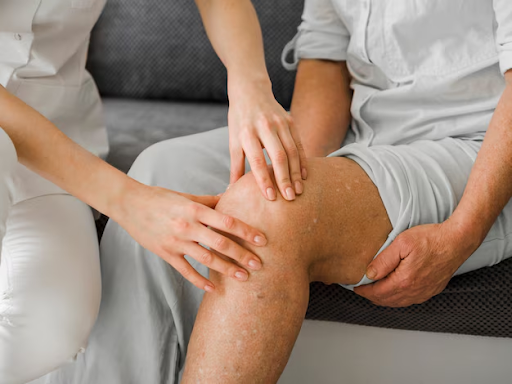Laser vein treatment, also known as endovenous laser therapy (EVLT), is a modern, non-invasive procedure designed to treat varicose veins and spider veins. These unsightly and sometimes painful veins occur when the valves within veins become weak, causing blood to pool and veins to enlarge. For those seeking an effective solution, laser vein treatment offers a quick recovery and lasting results. Here’s a comprehensive guide on what to expect before, during, and after the procedure.
Understanding Laser Vein Treatment
Laser vein treatment uses concentrated light energy to target and close off problematic veins. The heat from the laser causes the vein walls to collapse and seal shut. Over time, the treated veins fade away as the body absorbs them, while blood is rerouted through healthier veins.
There are two primary types of laser treatment:
- Simple laser treatment: This is applied to the surface of the skin, commonly used for small varicose veins and spider veins.
- Endovenous laser treatment (EVLT): This involves the insertion of a small laser fiber directly into the problematic vein. It’s used for larger veins, typically in the legs.
Pre-Procedure Preparation
Before undergoing laser vein treatment, a consultation with a vein specialist is necessary to assess the extent of your vein issues. The specialist will conduct a physical examination, often accompanied by an ultrasound, to map out the veins that need treatment.
You may be advised to:
- Avoid taking blood-thinning medications like aspirin or ibuprofen a few days before the procedure.
- Wear loose, comfortable clothing to the appointment.
- Arrange for someone to drive you home if you’re receiving sedatives.
During the Procedure
Laser vein treatment is typically done in an outpatient setting, and the entire process usually takes about 30 to 60 minutes.
Here’s what happens during the procedure:
- Numbing the Area: Local anesthesia is applied to the area surrounding the vein. This ensures that you remain comfortable throughout the procedure.
- Laser Application: For surface laser treatments, a laser device is applied to the skin, targeting the veins beneath. In endovenous laser treatment, the doctor makes a small incision and inserts a catheter into the vein, guiding the laser fiber through the vein.
- Sealing the Vein: The laser heats the vein, causing it to close. Once the procedure is done, the catheter is removed, and a bandage is placed on the incision.
Post-Treatment Care and Recovery
One of the significant advantages of laser vein treatment is the minimal downtime. Most patients can return to their normal activities on the same day or within a few days. However, there are some post-procedure guidelines to follow:
- Compression Stockings: You will likely need to wear compression stockings for a week or more to support blood flow and reduce swelling.
- Stay Active: Light walking is encouraged to promote circulation and prevent blood clots. Avoid intense activities like running or lifting heavy weights for about a week.
- Minimal Discomfort: Some bruising, swelling, or discomfort may occur at the treatment site, but it typically subsides within a few days. Over-the-counter pain relievers like acetaminophen can help manage any discomfort.
Results and Follow-Up
You can expect noticeable improvements in the treated veins within a few weeks. Spider veins may disappear more quickly, while larger varicose veins may take several months to fully fade. In some cases, multiple treatments may be necessary for optimal results, especially for extensive varicose veins.
It’s essential to attend follow-up appointments with your vein specialist to monitor your progress and ensure proper healing.
Potential Side Effects and Risks
While laser vein treatment is generally safe, some side effects and risks include:
- Bruising and swelling: This is common but temporary.
- Skin discoloration: Some patients may experience darkening of the skin around the treated veins, which typically fades over time.
- Blood clots: Though rare, there’s a small risk of developing deep vein thrombosis (DVT), a more serious complication.
- Nerve damage: This is also uncommon but can cause numbness or tingling in the treated area.
Discuss these risks with your doctor before the procedure so you can make an informed decision.
Is Laser Vein Treatment Right for You?
Laser vein treatment is suitable for most people with varicose or spider veins, especially those who want a minimally invasive solution. However, individuals with certain medical conditions, such as blood clotting disorders, severe obesity, or advanced arterial disease, may not be good candidates.
Your vein specialist will determine the best treatment plan for you based on the severity of your vein issues and overall health.
Conclusion
Laser vein treatment offers an effective and relatively painless solution to unsightly and uncomfortable varicose and spider veins. With minimal downtime and lasting results, it’s a popular option for those seeking relief. By understanding what to expect before, during, and after the procedure, you can approach the treatment with confidence and enjoy healthier, vein-free legs.
If you’re considering laser vein treatment, schedule a consultation with a vein specialist to discuss your options and embark on your journey toward improved vascular health.








